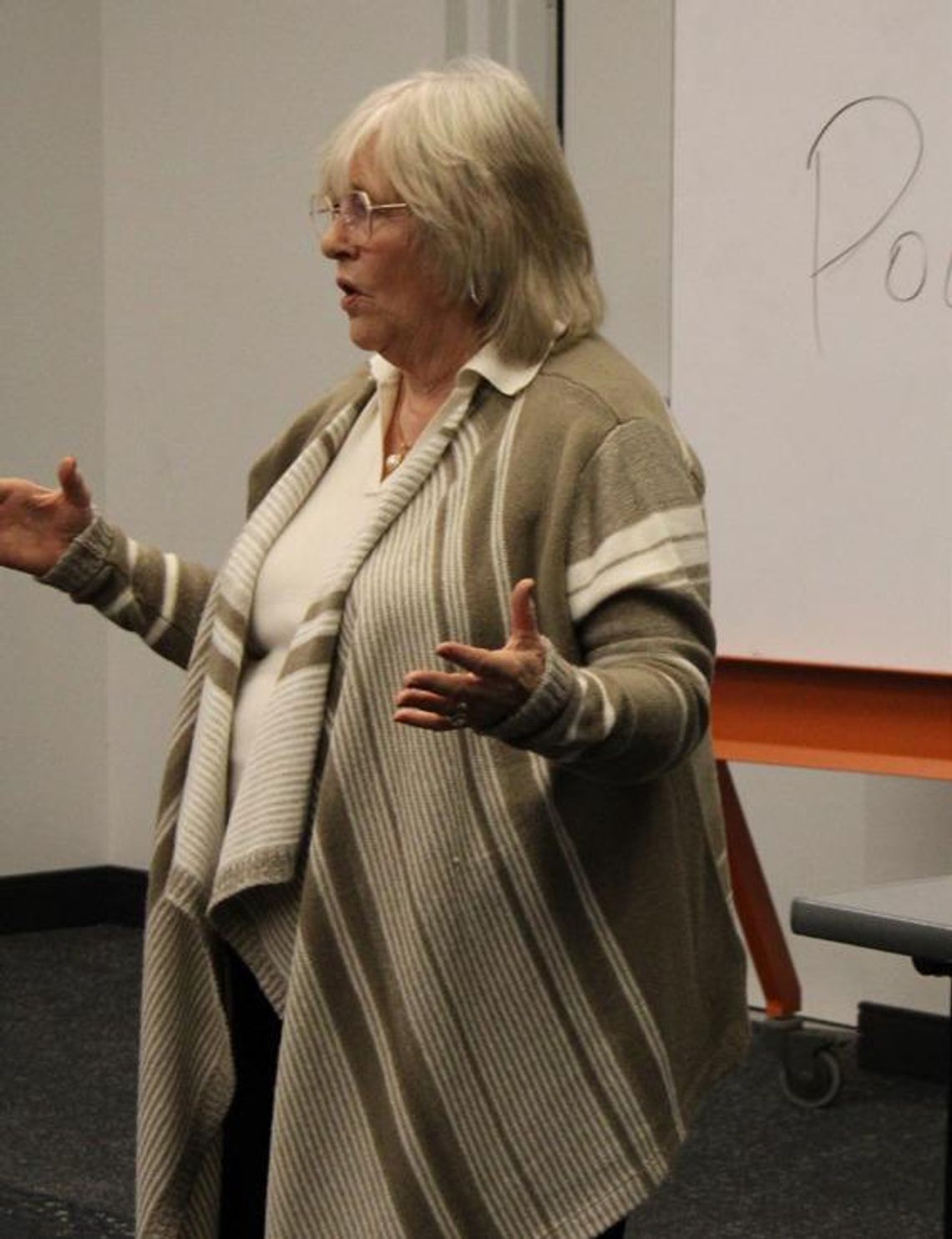Knowledge is power, and often that power can come with a hefty price tag. However, Lifelong Learning provides free learning opportunities in San Marcos to quench the curious mind without breaking the bank. Lifelong Learning Director Marianne Reese is currently spearheading a community lecture series that involves six unique topics on six consecutive Fridays at the San Marcos Public Library.
The first topic, The Creation and Early History of the U.S. Supreme Court was taught by Joleene Snider, Texas State University senior lecturer emeritus for the Department of History. Snider took what could be a mundane topic and brought it to life by focusing on the human elements of the historical figures involved. She drew connections between the past and the present, which made a vastly different time period easier to comprehend.
Snider said the politicians of the time held the Philadelphia Convention in 1787 in order to revise the Articles of the Confederation.
“What they were charged with doing, they just ignored it, because they decided it wasn’t doable,” Snider said. “They produced what we know today as the U.S. Constitution minus the amendments.”
Snider read article three of the constitution.
“The judicial power of the United States shall be vested in one Supreme Court,” Snider said. “Fourteen words created the modern Supreme Court.”
Snider said the Supreme Court initially had no enforcement power.
“It has no reason to be other than for what the constitution says is cases involving ambassadors, foreign powers or that a state is a litigate,” Snider said. “The rest of the cases that come to the Supreme Court, even today, are appellate cases. The court had no jurisdiction, and it still doesn’t, that is original jurisdiction. Everything has to come through the existing court system then be appealed.”
At the time, she said the main division between parties was the belief in a strong centralized government versus a weaker government. Belief in a strong government was one of the characteristics of Chief Justice John Marshall, who served on the Supreme Court from 18011835. He was the longest serving justice, and his impact on the court is still evident. She said he even set the dresscode by shifting it from bright and heavily embellished to the black robe and white collar that is still worn by Supreme Court justices today.
“[In] over half of the cases that were decided between 1801 and 1835, John Marshall wrote the opinions,” Snider said. “Here is John Marshall favoring this view of a strong government, running the court for 34 years, and issuing ruling after ruling after ruling that enforced his political belief. … He will make the Supreme Court a truly equal branch of government. It was not in the beginning. Neither was the presidency.”
In a famous case Marbury v. Madison, Snider said Marshall made a ruling that a portion of the law violated the constitution, which is now called Judicial Review and makes up 90% of what the Supreme Court does.
“What power has he given the court?” Snider said. “This enormous power to review legislation and determine its constitutionality.”
Snider said the other impactful ruling made by Marshall was in McCulloch v. Maryland and has to do with taxation of federal banks by the states.
“Marshall rules that Maryland cannot tax the bank’s holdings because that is created by Congress, and the Federal Supremacy Clause comes in here that the supreme power is the federal government,” Snider said. “And it does give in article one [of the constitution], the Congress the ability to control the economy. So they can create a bank and that bank, in following its congressionally mandated duty, can open a branch in Baltimore that Maryland can’t control. So what Marshall did here was to elaborate on and enunciate this clause. … He also enhances the power of the federal government again that the states can’t tax them. He continued this for 34 years.”
History of the Supreme Court is only one of the six vastly different Lifelong Learning course offerings.
Andrea Banzatti, Texas State University assistant professor of physics discussed his studies on the formation of terrestrial planets using the NASA James Webb Space Telescope data on Jan. 12. Dr. Steven Beebe, a distinguished professor emeritus of communication for both Texas State University and the Texas State University System at large, lectured on How to Communicate Like C.S. Lewis on Jan. 19. Sarah Hirneisen, Texas State University School of Art and Design lecturer, will teach “Mark of the Hand: Sculptural Explorations” on Jan. 26. Kellie Donajkowski, Edwards Aquifer Research and Data Center education program manager, will discuss macroinvertebrates in the San Marcos River on Feb. 2. Snider will be teaching another course on Britt Johnson to celebrate Black History Month on Feb. 9.









